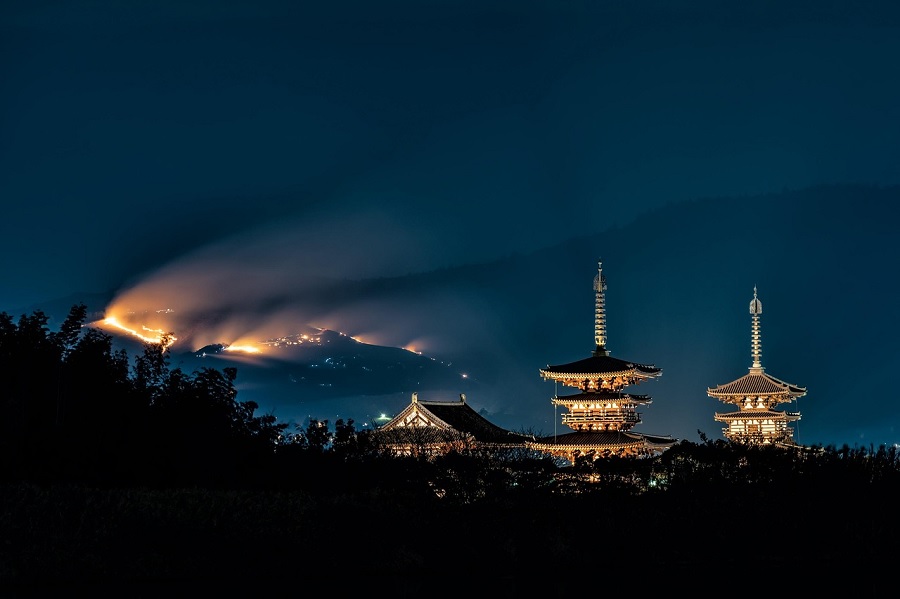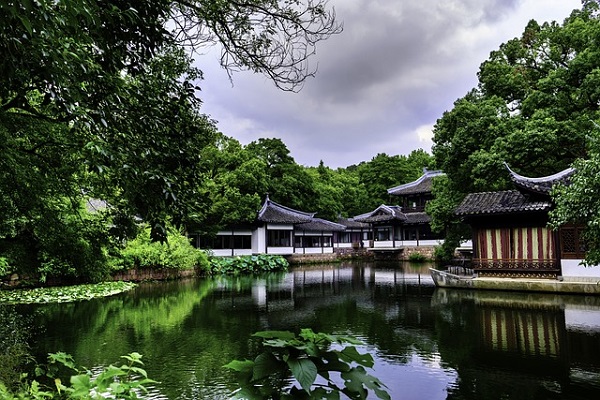"Illuminated Heritage: Exploring the Essence of Cultural Tourism"

This captivating image showcases an ethereal night view of traditional Japanese pagodas glowing under a starlit sky, while controlled fires elegantly light up the surrounding mountains — a scene that embodies the soul of cultural tourism.
Set against the backdrop of timeless architecture and sacred ritual, the image transports us into a world where history, spirituality, and community converge. Such visuals are not just aesthetically mesmerizing; they are windows into centuries of cultural legacy waiting to be experienced.
What Is Cultural Tourism?
Cultural tourism involves traveling to destinations specifically to experience and engage with the history, heritage, arts, lifestyle, and traditions of a place. It’s about stepping into someone else’s world — past and present — to understand what defines their identity.
In the image, we likely witness a cultural event or festival, such as Japan’s Wakakusa Yamayaki, where the hills of Nara are set alight in a symbolic ceremony. The illuminated temples and pagodas represent not only religious devotion but also architectural mastery passed down through generations.
Why Cultural Tourism Matters
Cultural tourism:
Preserves historical sites and traditions by bringing global attention and funding
Encourages intercultural exchange, breaking stereotypes and fostering global understanding
Boosts local economies through art, performances, craftsmanship, and heritage hospitality
Inspires learning by connecting travelers with stories, symbols, and rituals they may never encounter in textbooks
It turns a vacation into an educational journey, enriching both the traveler and the host.
What Experiences Await in Cultural Tourism
In destinations like the one portrayed in the image, travelers can enjoy:
Traditional festivals with rituals, music, and dance
Visits to historical temples, shrines, or fortresses
Workshops on calligraphy, pottery, or regional crafts
Authentic cuisine and food customs
Conversations with local storytellers, monks, or artisans
Guided tours focused on mythology, architecture, or dynastic history
These moments go beyond sightseeing — they allow participation in the living traditions of a culture.
Travel with Respect: Cultural Etiquette
To be a respectful cultural tourist:
Learn about local customs before visiting sacred or historical sites
Observe dress codes and behavior rules, especially in religious places
Learn a few basic phrases of the local language
Always ask for permission before photographing people or private spaces
Support local craftspeople and artists by buying their handmade work




















